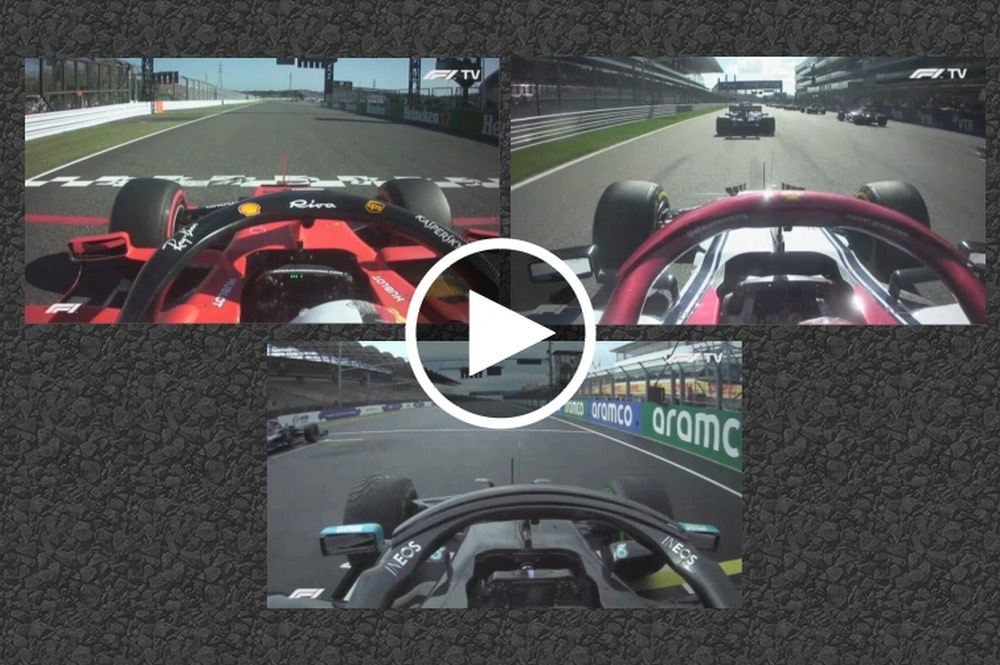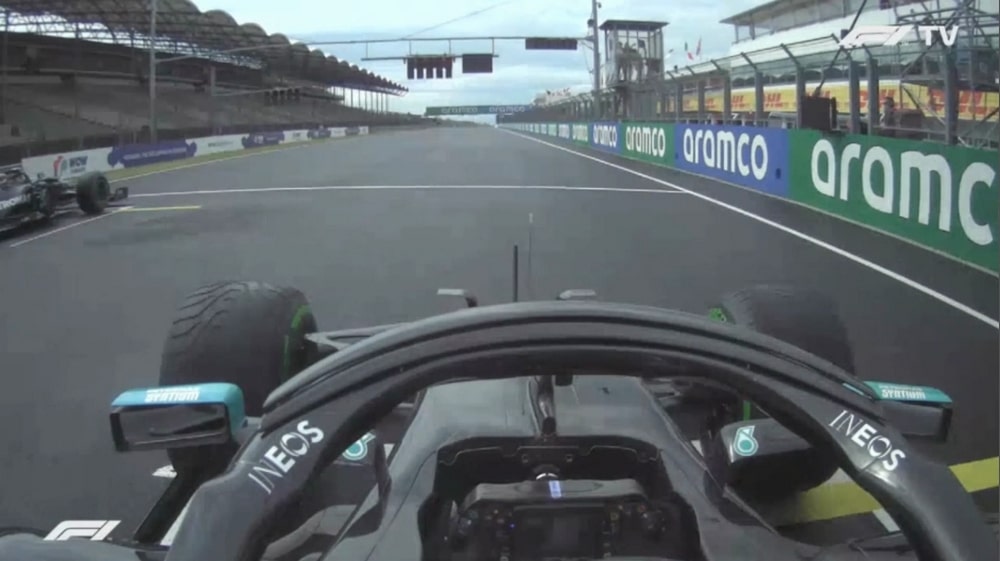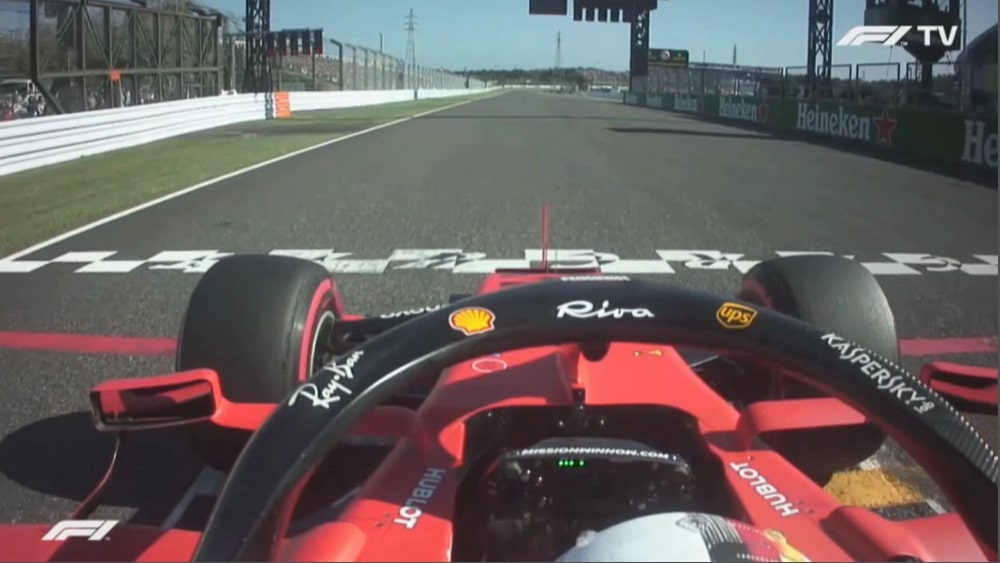
Like many fans who watched the Hungarian Grand Prix, I was pretty annoyed at the race stewards for seemingly ignoring Valtteri Bottas’ jump start. But now I’ve compared it against two other jump starts that a lot of people have been referring to and I can see where the stewards are coming from.
While it may seem that a jump start is very cut and dry – either you moved before the lights or you didn’t – it’s a little more complicated than that. Jump starts are monitored by an electronic system and that system has a threshold, meaning you need to move a certain amount before the system flags you for a jump start.
Why have the threshold? It’s not uncommon for F1 cars to get a small jolt of movement when sitting on the grid and selecting gears or engaging the clutch. There needs to be that margin of error.
In the case of Valtteri Bottas in Hungary, it just so happens that his movement did not go over that threshold, so the system didn’t flag him.
Across social media after that race, there were some comparisons made to a few different jump start incidents. The first is Sebastian Vettel’s jump start at the Japanese Grand Prix last season from pole position. The other is Kimi Raikkonen’s jump start also from last season at the Russian Grand Prix from P15 on the grid. Vettel escaped without penalty and Raikkonen was given a drive-through penalty.
This may appear like favouritism from the stewards, penalizing the smaller teams while letting the big ones get away with things. Although the three incidents may share some similarities, there are some differences. See for yourself:
Let’s get the easy one out of the way first. Kimi Raikkonen got a penalty because his jump start was far worse than Vettel’s or Bottas’. Although he did come to a stop (like Vettel did), he ended up a lot further up the grid than either of the other two incidents. He was clearly far enough to trigger the jump start sensor.
The Vettel and Bottas incidents are the closest match to each other, which is why they both had the same result: no penalty.
Despite what some have said, the Mercedes and the Ferrari are in nearly the same place on the grid slot when the lights do finally go out. Bottas may appear to be slightly closer to the edge of his grid position – or even outside of his grid box – but that’s because there’s a big difference in the two situations.
In Vettel’s incident, he comes to a complete stop after he realizes that the lights are still on. It’s a very clear stop. The same cannot be said for Bottas, who does more of a rolling stop, where he never actually comes to a complete stop. Instead, he keeps rolling.


Therefore, it’s a bit harder to tell, but Bottas isn’t actually any closer to the edge of his box. There’s just not any stopping motion for your eyes to compare. In fact, if you do a frame-by-frame analysis of the onboard camera to the exact frame that the lights go out, Vettel is actually a little bit further forward than Bottas.
Another argument that could be made in support of Bottas is that his start was far worse than Vettel’s. Vettel’s jump start only lost him a single position into turn one. In comparison, Bottas lost 4 positions before the first turn and an additional position through the first turn.
The finishing results of the two incidents are also similar. Vettel finished in P2, with a net loss of 1 position from his pole start. Bottas finished in P3, also with a net loss of 1 position from P2 on the grid.
But no matter how you look at it, Bottas should have been given a penalty for the incident. In fact, Vettel should have as well. A jump start is a very simple thing to judge. Bottas was moved before the lights went out. Vettel moved before the lights went out. It’s an open and shut case.
There are many other motorsport disciplines where both of those starts would have been worthy of a harsh penalty. But why not in F1?
The FIA needs to review the jump start tracking. They need to reduce the threshold of the automated system so that legitimate small movements are allowed but jumping the start isn’t. They also need to allow the stewards to manually review the starts, if necessary.
The views and opinions expressed in this article are solely those of the author and do not necessarily reflect the official policy or position of any other agency, organization, employer or company. Assumptions made in any analysis contained within this article are not reflective of the position of any entity other than the author.